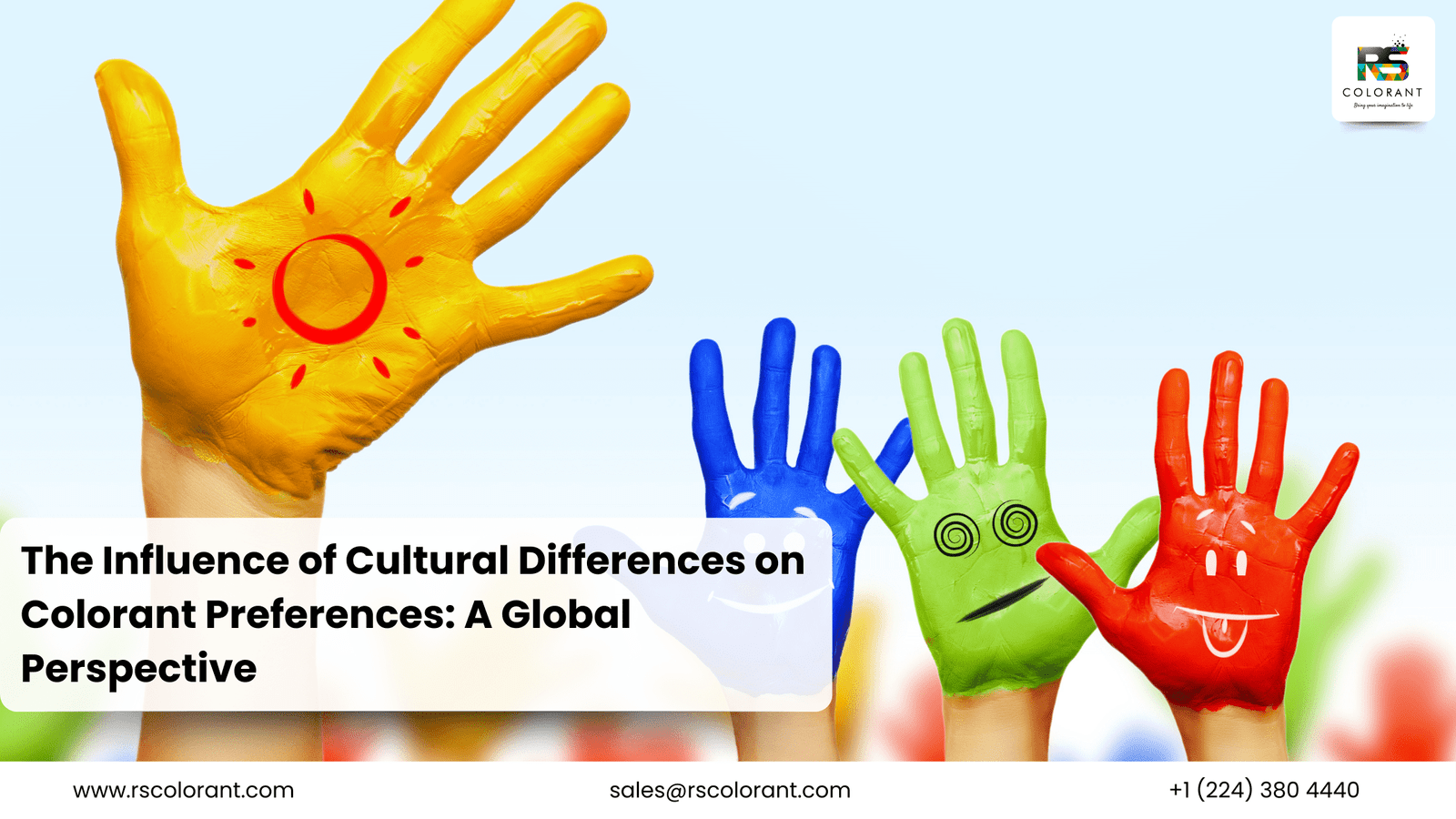The Influence of Cultural Differences on Colorant Preferences
Introduction
Color isn’t just a visual experience; it’s a cultural one too. Understanding colorant preferences is crucial for businesses and creatives alike, especially in our globalized world. Ever wondered why some colors are adored in one culture and avoided in another? Let’s dive into the fascinating world of color and culture.
Historical Context of Color Usage
Color preferences are deeply rooted in history. Ancient civilizations like Egypt and Rome had distinct colorants that symbolized various aspects of life. Egyptians adored blue, associating it with the sky and the gods. Romans, on the other hand, used purple as a symbol of power and wealth. Over centuries, these preferences evolved but retained their cultural significance.
Color Psychology
The science of color perception shows us how colors can influence emotions and behaviors. Red can evoke feelings of passion and urgency, while blue often brings calmness and trust. Understanding these psychological impacts helps us appreciate why different cultures may lean towards certain colors.
Cultural Significance of Colors
Colors in Western Cultures
In the West, colors like black and white have strong connotations. Black is often associated with mourning, while white represents purity and weddings.
Colors in Eastern Cultures
Eastern cultures, such as those in China and Japan, have their unique color significances. Red symbolizes luck and happiness, especially prominent during festivals and weddings.
Colors in African Cultures
African cultures use colors in rich and diverse ways, often tied to tribal traditions. Bright colors are commonly used in ceremonies and attire, symbolizing life and energy.
Colors in Latin American Cultures
Latin American cultures often favor vibrant colors, reflecting their festive and spirited lifestyle. Colors like yellow and red are popular in celebrations and festivals.
Symbolism of Colors in Different Cultures
Red: Love, Passion, Danger
While red is universally seen as a strong color, its interpretation varies. In China, it’s a symbol of good fortune, whereas in Western cultures, it can signify both love and danger.
Blue: Trust, Calm, Sadness
Blue is versatile. In the West, it’s linked to tranquility and trust, often used in corporate branding. In contrast, some Eastern cultures associate it with immortality.
Green: Nature, Luck, Envy
Green generally represents nature and tranquility. However, its meanings can shift to envy in the West and good luck in Ireland.
Yellow: Happiness, Caution, Cowardice
Yellow is cheerful and vibrant, symbolizing happiness in many cultures. Yet, it also serves as a cautionary color, like in traffic signals.
White: Purity, Death, Peace
White’s symbolism varies widely. It represents purity and weddings in the West, but in many Eastern cultures, it’s the color of mourning.
Black: Elegance, Evil, Mourning
Black is associated with elegance and formality in Western fashion but also denotes mourning and evil, demonstrating its complex nature.
Religious and Spiritual Meanings
Colors in Christianity
Christianity uses colors like purple during Lent and Advent, symbolizing penance and preparation.
Colors in Islam
Green holds special significance in Islam, representing paradise and life.
Colors in Hinduism
In Hinduism, saffron is sacred and represents purity and asceticism.
Colors in Buddhism
Buddhism utilizes a spectrum of colors, each representing different aspects of the faith, like blue for wisdom.
Color Preferences in Modern Society
Globalization has influenced color preferences, blending traditional meanings with modern trends. Marketing strategies often tap into these preferences to connect with diverse audiences effectively.
Case Studies of Colorant Preferences
Japan: Preference for Subtle and Pastel Colors
Japanese culture favors subtle and pastel colors, reflecting a preference for harmony and nature.
India: Vibrant and Bold Color Usage
India’s vibrant color palette is evident in its festivals and daily life, with bold colors like red and yellow playing significant roles.
Scandinavia: Minimalist and Neutral Tones
Scandinavian design leans towards minimalist and neutral tones, emphasizing simplicity and functionality.
The Role of Colorants in Food and Beverage Industry
Natural colorants are gaining popularity over artificial ones, with cultural preferences influencing these choices. For instance, the use of turmeric for its golden hue is prevalent in Indian cuisine.
Colorants in Fashion and Design
Fashion trends vary globally, influenced by cultural norms and preferences. In interior design, cultural influences dictate color schemes, such as the preference for earthy tones in Mediterranean homes.
Colorants in Art and Media
Art and media use colors to evoke emotions and cultural narratives. Traditional art may use specific colors for symbolism, while contemporary media often follows color trends.
Challenges in Global Colorant Market
Standardizing colors across different markets is challenging due to varying cultural expectations. Companies must navigate these differences to meet global demand effectively.
Future Trends in Colorant Preferences
Digital media and environmental concerns are shaping future color trends. Sustainable colorants are becoming more popular, and digital platforms allow for more personalized color choices.
Conclusion
Colorant preferences are a rich tapestry woven from historical, cultural, and psychological threads. Understanding these preferences is essential for anyone working in global markets. By appreciating the cultural significance of colors, we can make more informed and sensitive choices.
FAQs
How do cultural differences affect color perception? Cultural differences shape how we perceive and interpret colors, influencing our emotional and psychological responses.
Why do different cultures have different color preferences? Historical, religious, and societal influences create unique color preferences in different cultures.
Can cultural preferences for colorants change over time? Yes, globalization and changing societal values can shift color preferences over time.
How can businesses cater to diverse colorant preferences? Businesses can conduct market research to understand local preferences and adapt their products accordingly.
What are some examples of cultural colorant preferences in food? In Japan, natural colorants like matcha green are popular, while in India, vibrant hues from spices like turmeric are common.

